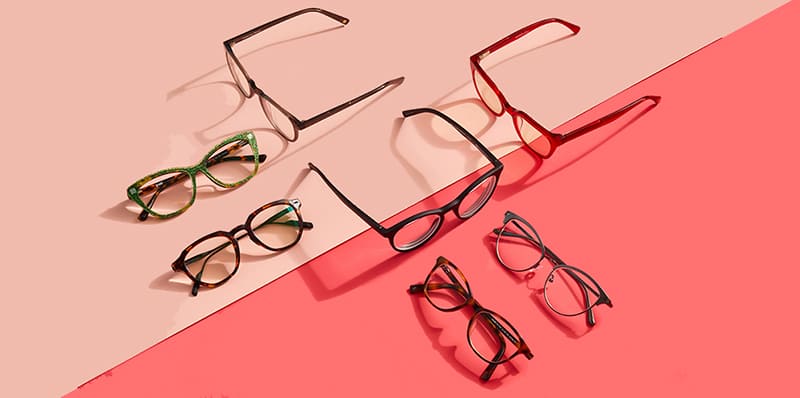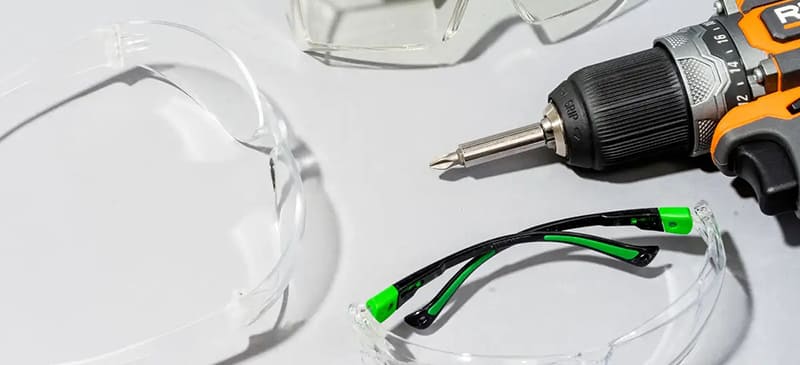What's the Difference between Regular Glasses and Safety Glasses?

Regular glasses and safety glasses may look similar, but they have different purposes and provide different levels of protection. Regular glasses are designed for vision correction, while safety glasses are specifically designed to protect the eyes from hazards and prevent eye injuries.
One of the main differences between regular glasses and safety glasses is the materials they are made of. Regular glasses are typically made of plastic or glass lenses and frames, while safety glasses are made with impact-resistant materials such as polycarbonate or Trivex. These materials are much stronger and more durable than regular glasses, and they are designed to withstand impacts and prevent debris from penetrating the lenses.
Another difference is the design of the glasses. Regular glasses are designed to fit the face comfortably and provide clear vision correction, while safety glasses are designed to provide a secure fit and cover the entire eye area to prevent debris from entering the eyes. Safety glasses also have side shields to provide additional protection from flying debris.
Safety glasses come in different types and styles to provide the appropriate level of protection for different hazards. For example, safety glasses with clear lenses are ideal for indoor use, while those with tinted lenses are best for outdoor use to reduce glare. Some safety glasses also have anti-fog and scratch-resistant coatings for added protection and durability.

In addition, safety glasses are subject to strict regulations and standards to ensure their effectiveness in protecting the eyes. The American National Standards Institute (ANSI) sets standards for impact resistance and optical quality of safety glasses. Safety glasses that meet these standards are labeled as ANSI Z87.1 certified.
While regular glasses may provide some protection for the eyes, they are not designed to withstand the impact of hazards like safety glasses are. Therefore, it is important to wear appropriate safety glasses in situations where hazards are present to prevent eye injuries.
In conclusion, regular glasses and safety glasses may look similar, but they have different purposes and provide different levels of protection. Safety glasses are specifically designed to protect the eyes from hazards and prevent eye injuries, while regular glasses are designed for vision correction. By understanding the differences between these types of glasses and wearing appropriate safety glasses in hazardous situations, individuals can protect their eyes and prevent eye injuries.










